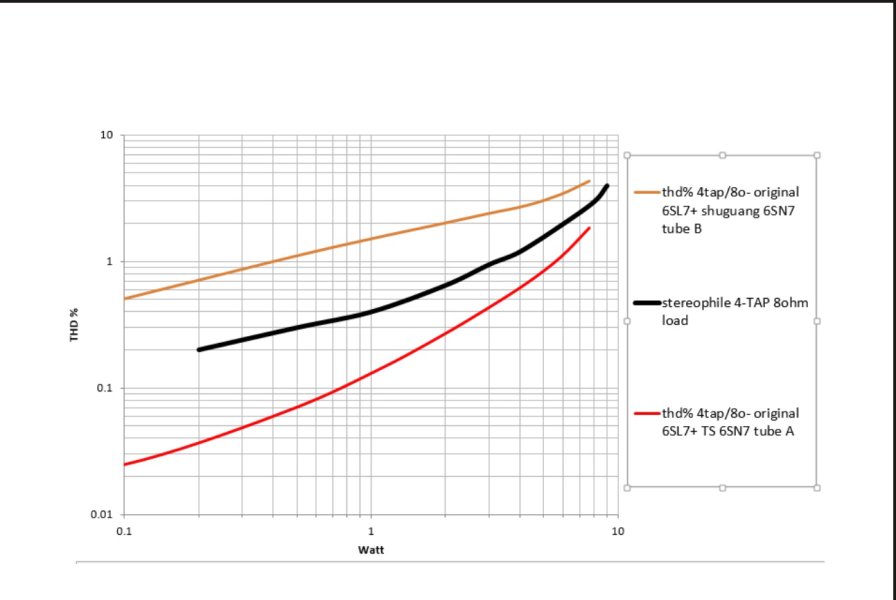Long term review equipment is a gift to the reviewer, to the magazine, and to the equipment company. The magazine gives accolades to the equipment manufacturer everytime they mention it’s their reference gear or it’s part of the gear they used to review a product.
IMO, every review from any audio magazine is worthless. For 1, when have you seen a negative review? Never!
When have you seen any reviewer in a mag compare 2 or 3 like products and have them rated 1st, 2nd, 3rd? Car mags do this $300,000 to $1M cars all the time.
Also, every review contains what the manufacturer wants them to say to introduce their gear and mod always, the reviewer gets so excited by a new acronym that means the same thing that has been going on for 10-20 years, but they think it’s new.
I get a couple of the audio mags to see what is coming out, but I trust some of the online reviewers and the smaller reviewers.
I enjoy a car review YouTube channel called Motomouth and the reviewers review one car a week and answer questions the other time. One person asked them why they don't review Rivian. They didn't like some of their comments so won't sent them more cars.
Review magazines exist only if the manufacturers (or dealers) provide them with gear to review. UHF Magazine out of Canada has been reviewing for over 30 years review with a panel of reviewers listening, they have done blind tests, taken measurements and have given out plenty of negative reviews over the years to major brands like B&W Loudspeakers, Bryston, Arcam, Cambridge Audio, Paradigm loudspeakers, and McIntosh. The engineer on their staff called McIntosh OTL amplifiers a "bad design." Unfortunately, they also struggle to get anyone to send them any products. Manufacturers only want reviews because it's cheap advertising. The manufacturer has a given unit - Trends Audio sent me a little amplifier for review for dagogo and then I sent the unit to UHF Magazine for them to review it. Perhaps they forwarded it on to the next publication. The Audio Note P3 Power amp I reviewed - I gave back and it was sent to another reviewer locally. It's cheaper than taking out advertising in Stereophile.
The long-term loan thing is a little tough to judge because not everyone who is a reviewer has deep pockets. Fred Crowder who reviews at the very top end of the audio market and actually buys those $350k+ items out of his own pocket told me early on that if I want to review the $20k components I need to have units at similar price points.
If I have a $1500 amp and $1500 speakers - a manufacturer doesn't gain anything by sending me his $25,000 amp. What can I say about it - "it sounds much better than my reference" - well no kidding - it should.
So sure a manufacturer with deep pockets can give a reviewer a long-term loan and their product will be mentioned all the time. Musical Fidelity was always on standby at Stereophile - they are on a print deadline and if XYZ amp didn't show up - they had an MF amp as a stand-in. MF was happy to do it - always get reviewed and saved Stereophile by allowing them to always have material for their magazine. The problem is that people would grumble that they had a love affair with MF.
I decided long ago to read reviews and forum advice are more for entertainment value - even forum arguments that go endlessly into minutia are a form of entertainment as people still argue tubes vs SS and horns vs panels and whether cables sound different or which is a better driver material paper or kevlar etc. Pretty much all the same arguments I was reading in 1999.
My advice on reviews is as follows:
1) Find a reviewer who hears it like you do - they have shown that what they like is the kind of stuff you like - maybe they they will order their top three favourite amps differently than you but you both agree that they're the top three.
2) if said person does not exist then take a blanket approach over time. Speakers or amplifiers have sold for over 30 years continuously, and many reviewers have not only covered said products but also purchased the product for themselves.
In the case of numbers 1 and 2, the item is worth bringing home for an audition. This is assuming, you have limited time and can't spend days and days and weeks and weeks listening to everything in your area.








